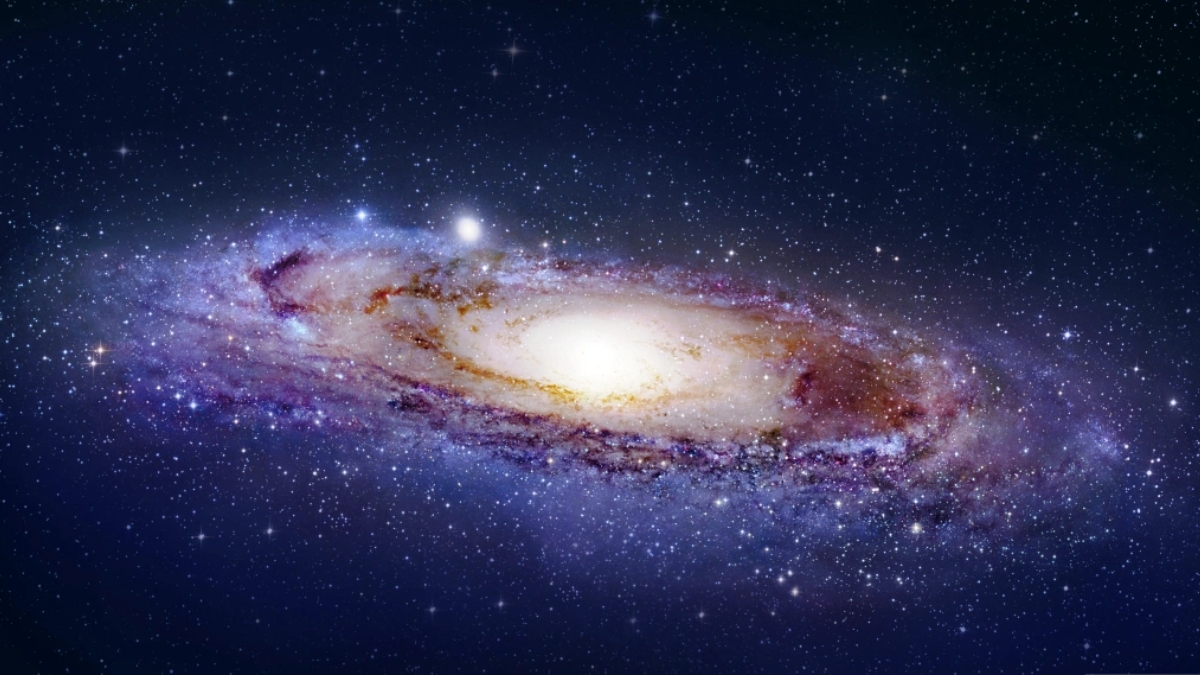New Research Suggests Carbon’s “Path” to Creating Life Was Far More Complex

New research has revealed that the carbon in our bodies didn’t just form in our galaxy—it took a much longer journey through space. Scientists discovered that the elements we rely on, like carbon, don’t just stay put in the galaxy after being made by stars. Instead, they are moved around by powerful cosmic currents.
These currents, called the circumgalactic medium, act like a giant conveyor belt, pushing elements out of galaxies and pulling them back in. This process happens when stars explode in supernovae, sending elements into space where they can eventually fall back into galaxies to form new stars, planets, and even life.
The idea of the circumgalactic medium was first suggested in a paper in 2011, and evidence was later found by the Hubble Space Telescope. These findings showed massive halos of ionized oxygen surrounding star-forming galaxies. The latest research confirms that this medium not only contains oxygen but also has plenty of carbon—key for life.
Scientists now know that the material making up our bodies likely traveled across vast stretches of space before coming back to the Milky Way. According to Samantha Garza (via Space.com), a researcher at the University of Washington, the circumgalactic medium is a kind of “reservoir” that helps recycle the carbon and oxygen needed for star and planet formation.
This new understanding could help explain why some galaxies stop forming stars. The study could also reveal why the recycling of these materials slows down in certain areas of space, leading to a decline in the number of stars over time.
The team’s findings, published on December 27 in The Astrophysical Journal Letters, add to our understanding of how stars and planets are created, showing that the materials we are made of have traveled far beyond the Milky Way.
Have something to add? Let us know in the comments below!
